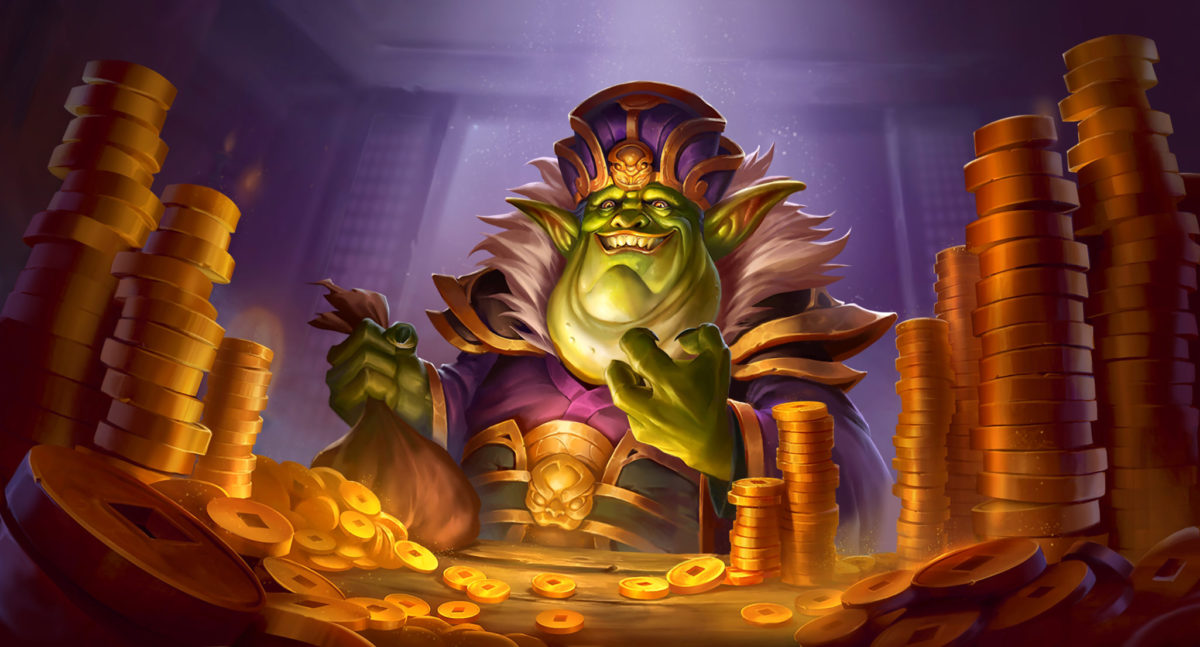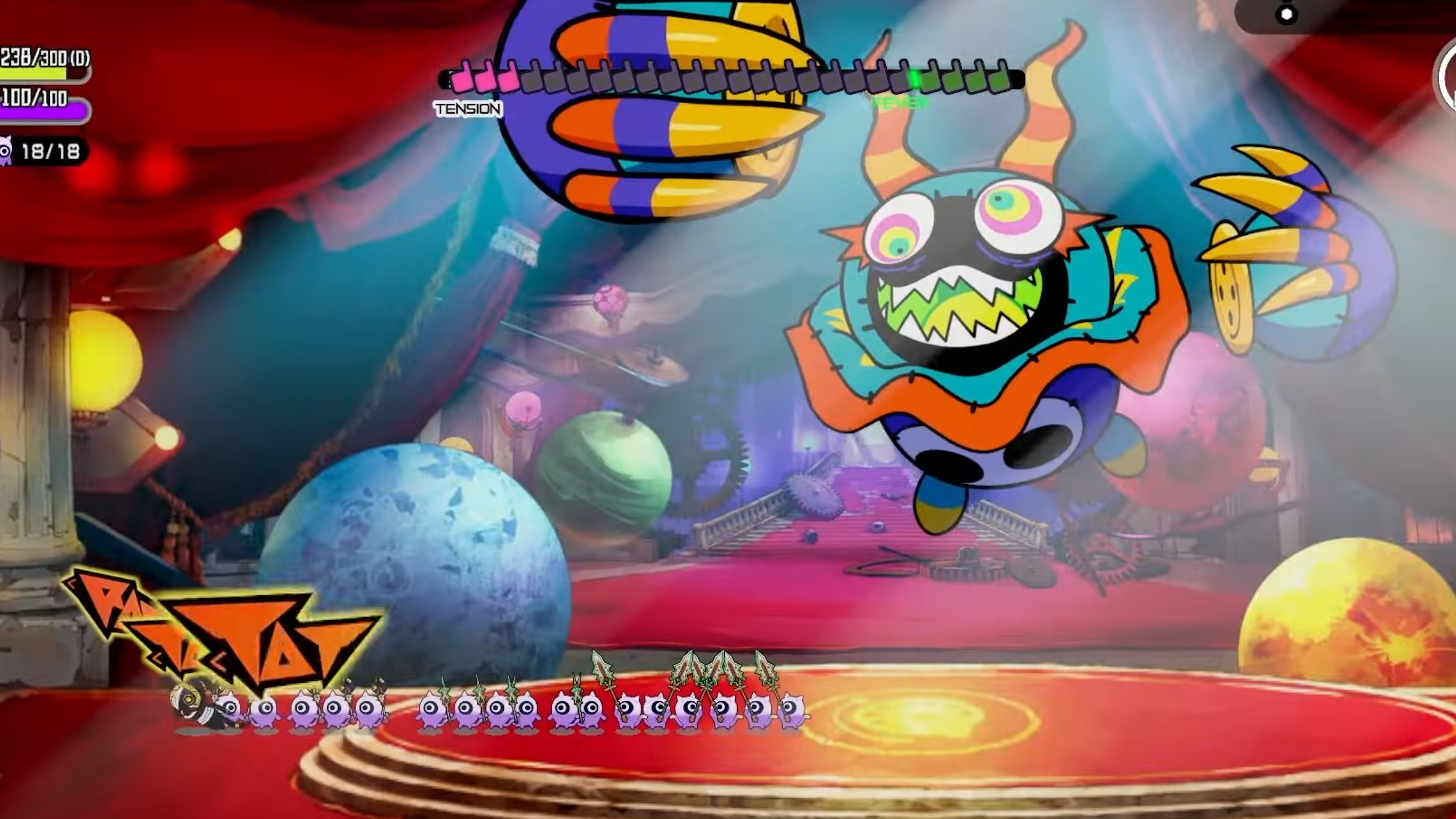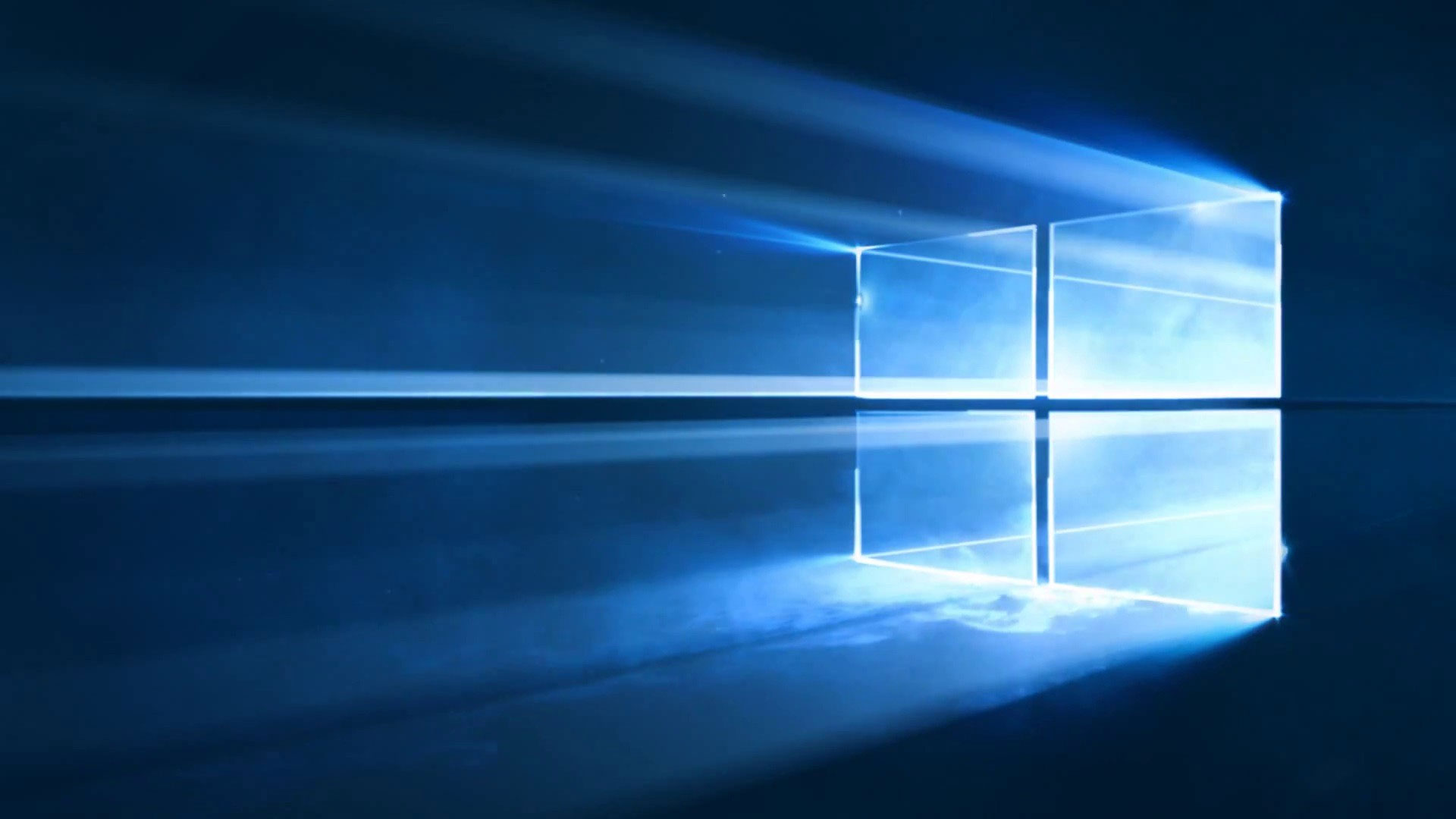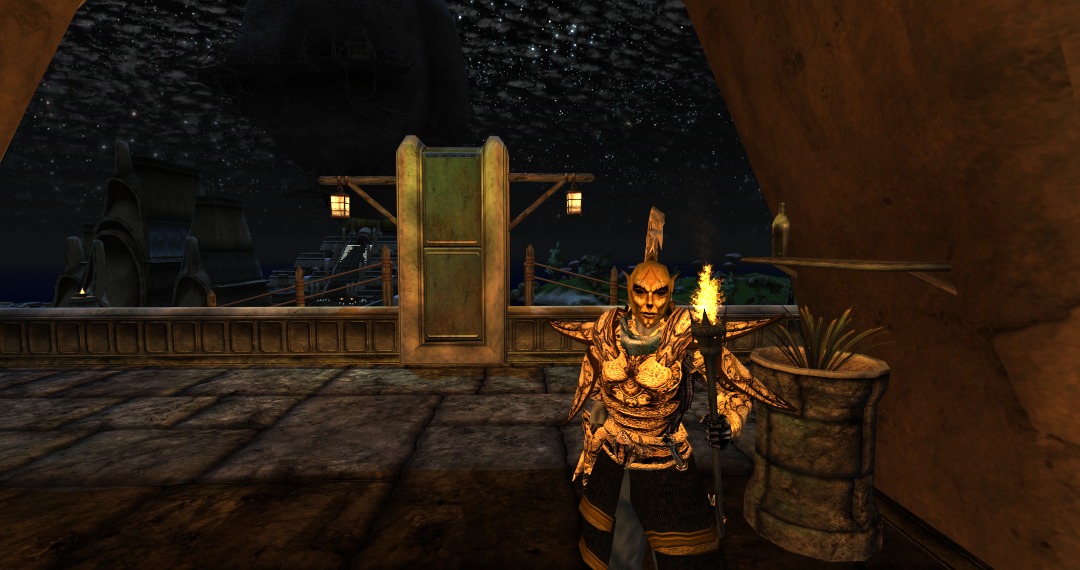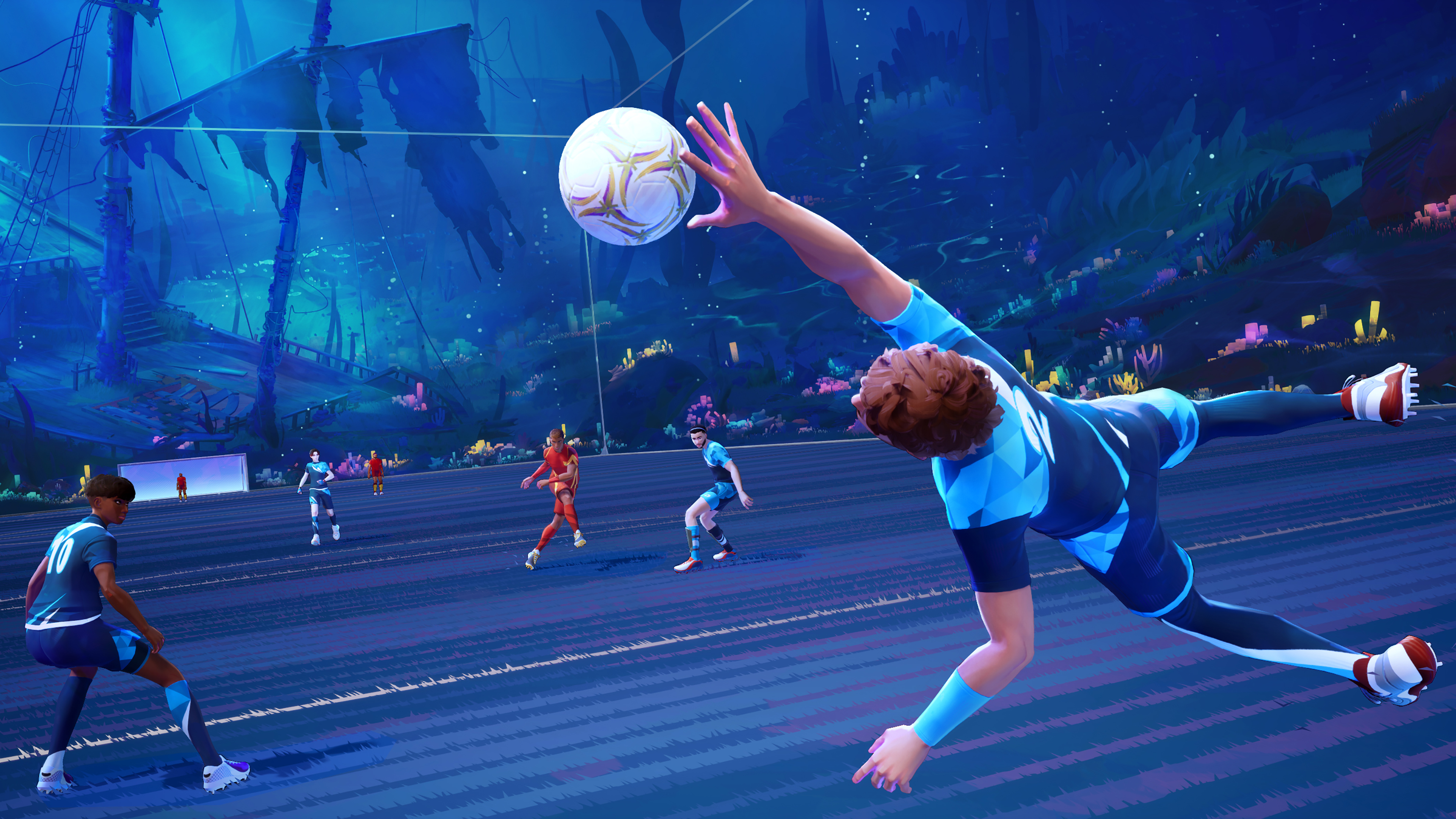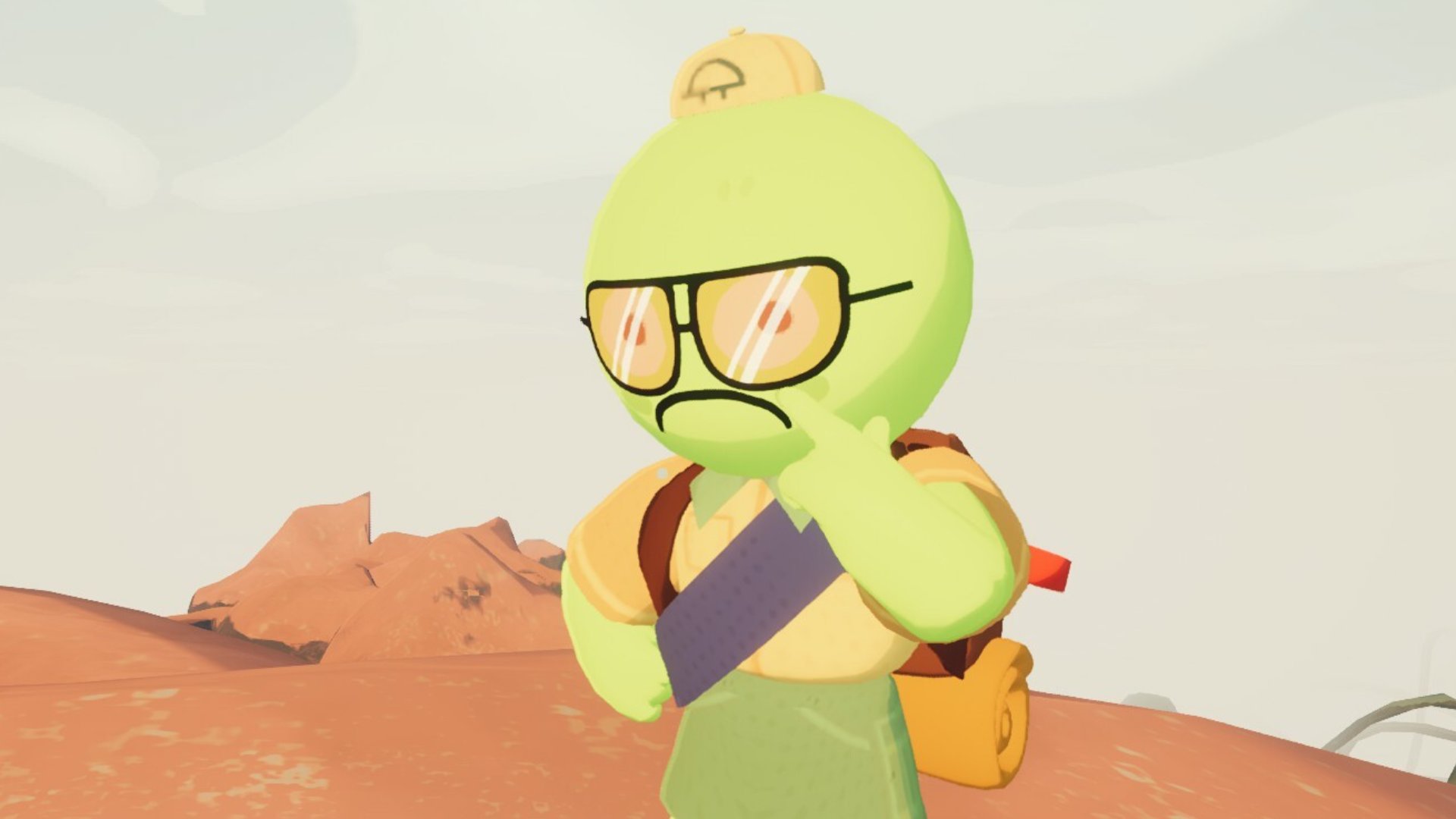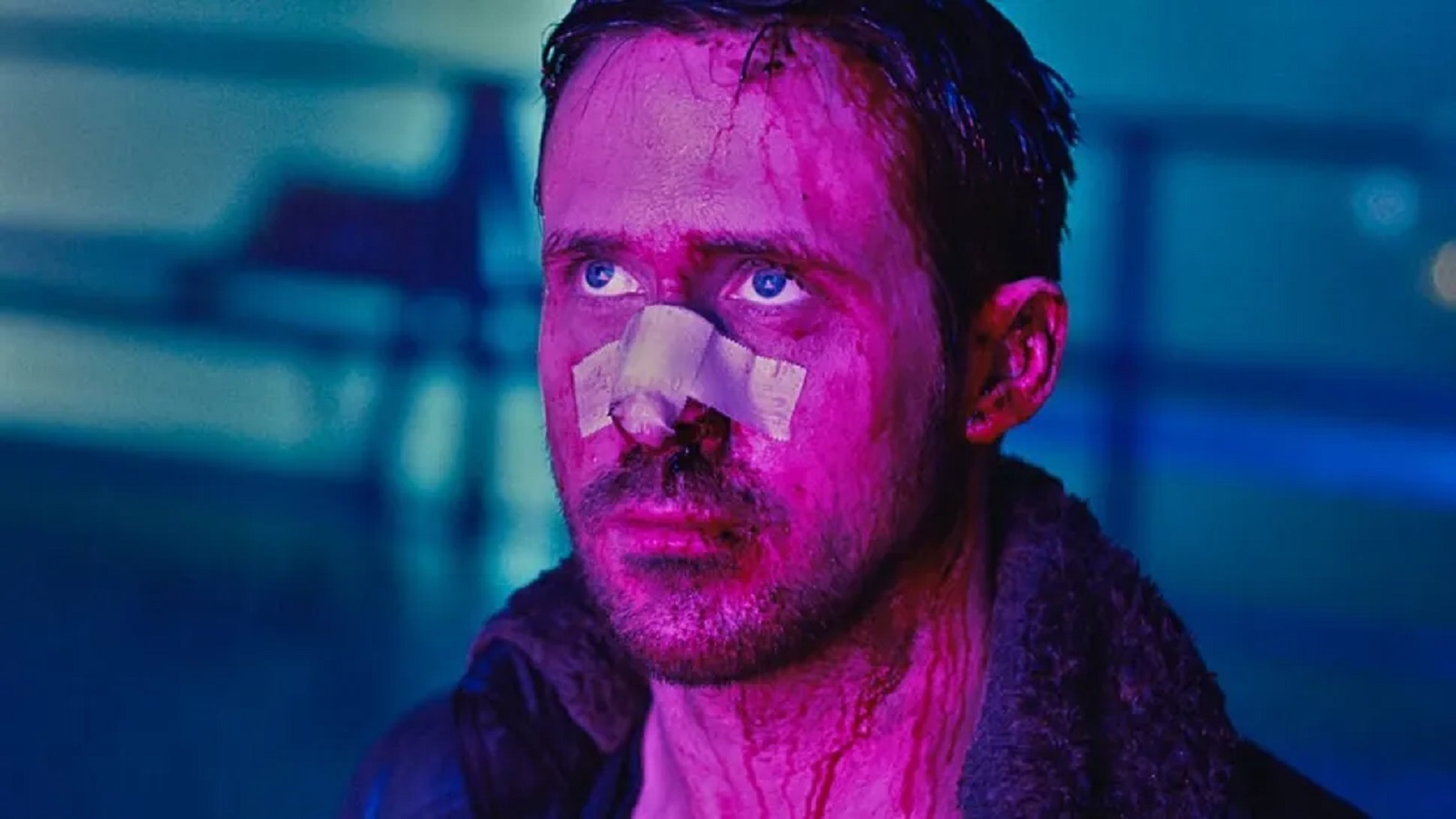Keeper review
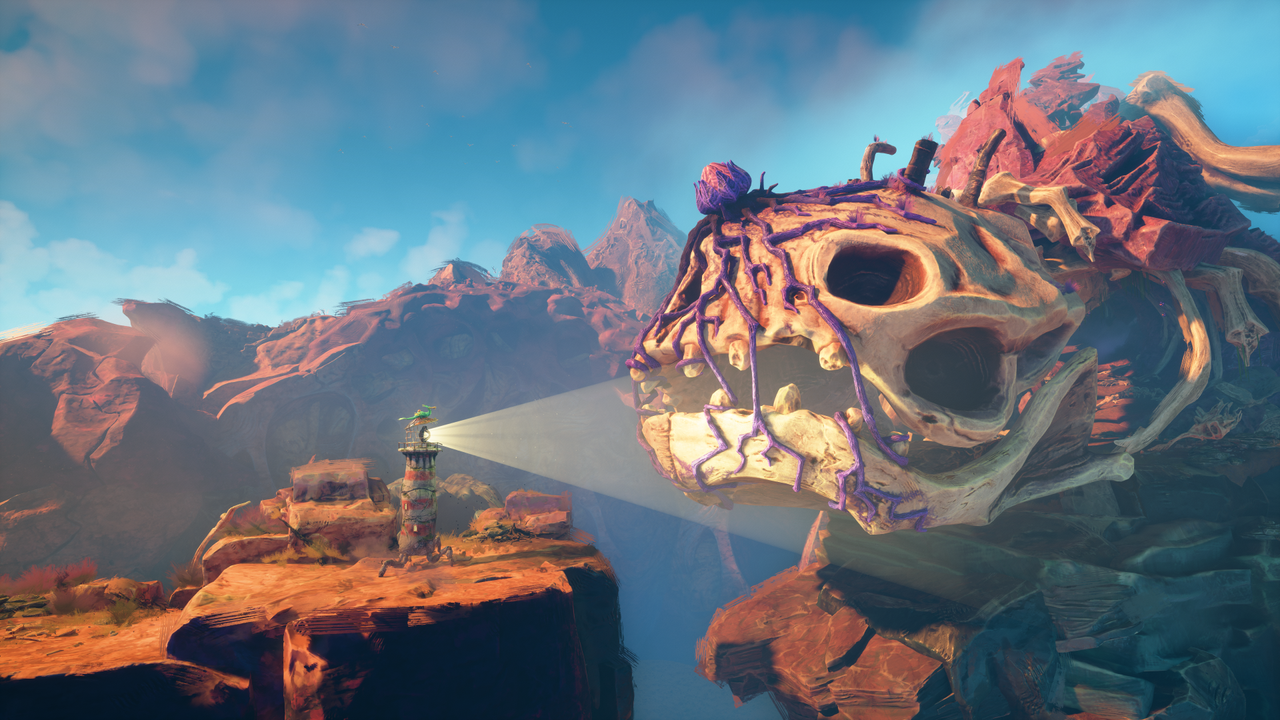
What is it? A charming little adventure game with a dash of platforming and puzzle-solving.
Release date: October 17, 2025
Expect to pay: $29.99
Developer: Double Fine
Publisher: Xbox Game Studios
Reviewed on: RTX 5090, Intel Core i9 12900K, 32GB RAM
Multiplayer: No
Steam Deck: N/A
Link: Steam
Keeper can't be accused of chasing trends. It doesn't have hyper-realistic graphics; it doesn't have crafting; it doesn't have a battle pass; it doesn't even have humans. It's a game about a lighthouse and a bird going up a mountain that ends in around six hours.
But all six hours of it are gorgeous. Leave it to Double Fine, the developer that made a level out of psychedelic album art in Psychonauts 2, to create an entire experience that feels like exploring a surrealist painting: a trip through a hazy alien-looking planet that glows with pinks and greens and oranges, starring a sentient lighthouse with spider legs. Keeper is an adventure nobody else could make, and one of Double Fine's best.
Light in the darkness
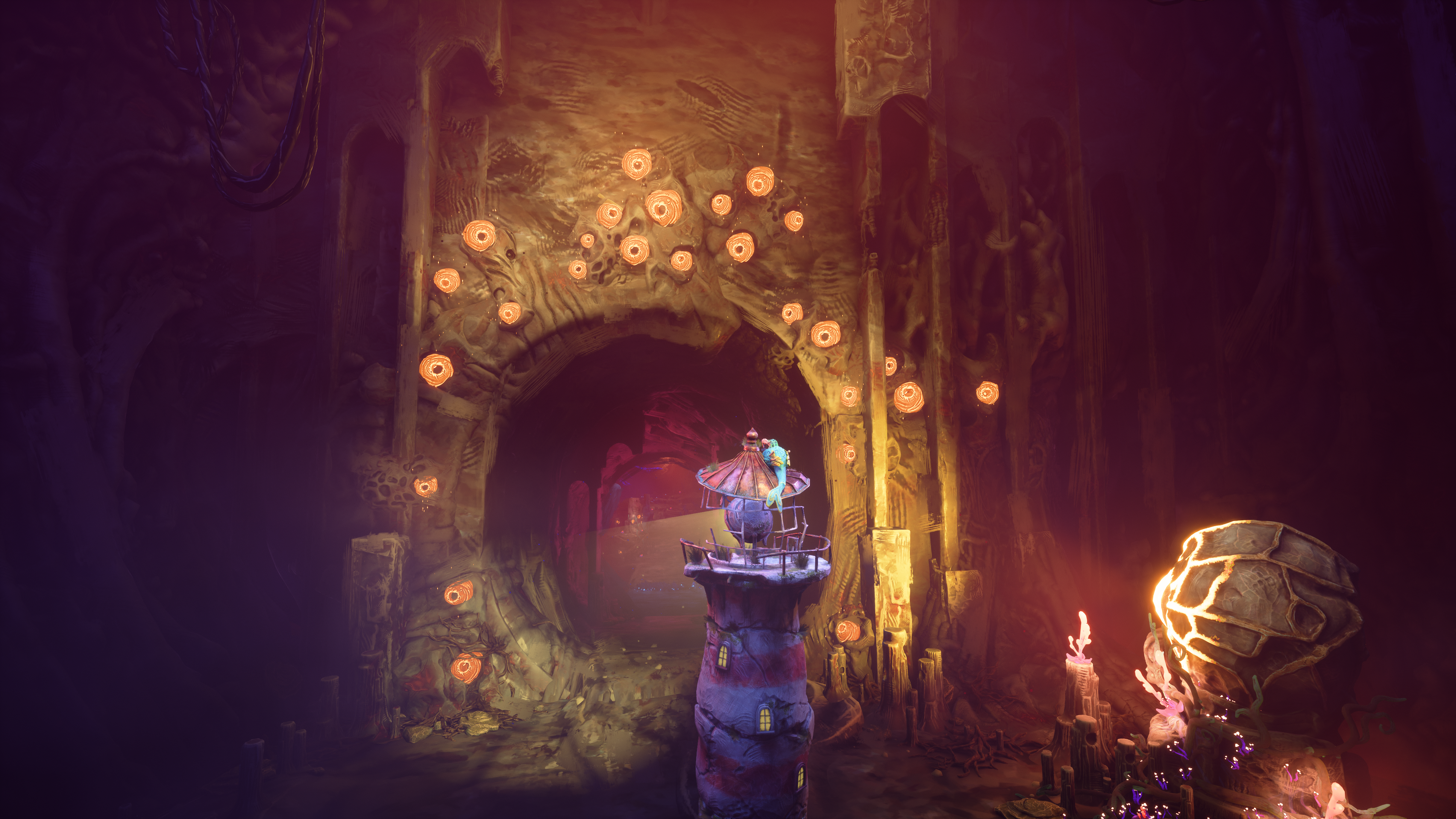
Keeper's post-apocalyptic world is brighter and more colorful than the festering ruins you might find in other games, but it's not devoid of melancholy. I stumbled into statues of mechanical gods that rewarded me with Steam achievements explaining how past civilizations tried to protect the world from the blight that eventually swallowed it whole. These little touches of history helped contextualize the damaged state of the world, but I appreciate that Keeper's focus never leaves the present. The failures of the past are dust in the wind as you do everything a newborn lighthouse can do to open the door for new life to thrive.
Most of what you do is move forward in anticipation of what might happen next, gazing at the neon coral and gnarled trees as you pass by.
The story about the lighthouse and the bird starts slow and builds momentum until its very last moments. Like a deep breath, it slowly builds up, pauses for a moment, and then releases in one final burst. It's a wordless game best played in as few sessions as you can to get the full effect of its fine-tuned pacing.
Things start simple as you nudge the wobbly walking lighthouse over abandoned cul-de-sacs and through bioluminescent tunnels. Keeper's camera perspective is third-person in the truest sense: It observes from a distance, letting objects block your view and frequently shifting angles as if you were a photojournalist capturing wildlife. Most of what you do is move forward in anticipation of what might happen next, gazing at the neon coral and gnarled trees as you pass by.
There are occasionally doors that need opening and gaps that need to be crossed, which is where Keeper introduces the kind of delightful puzzles and platforming found in Double Fine's previous games. I was impressed with how easily Keeper transitions into these sections without losing momentum, reminding me that the studio has spent 25 years mastering its particular brand of games.
A glimpse of the past
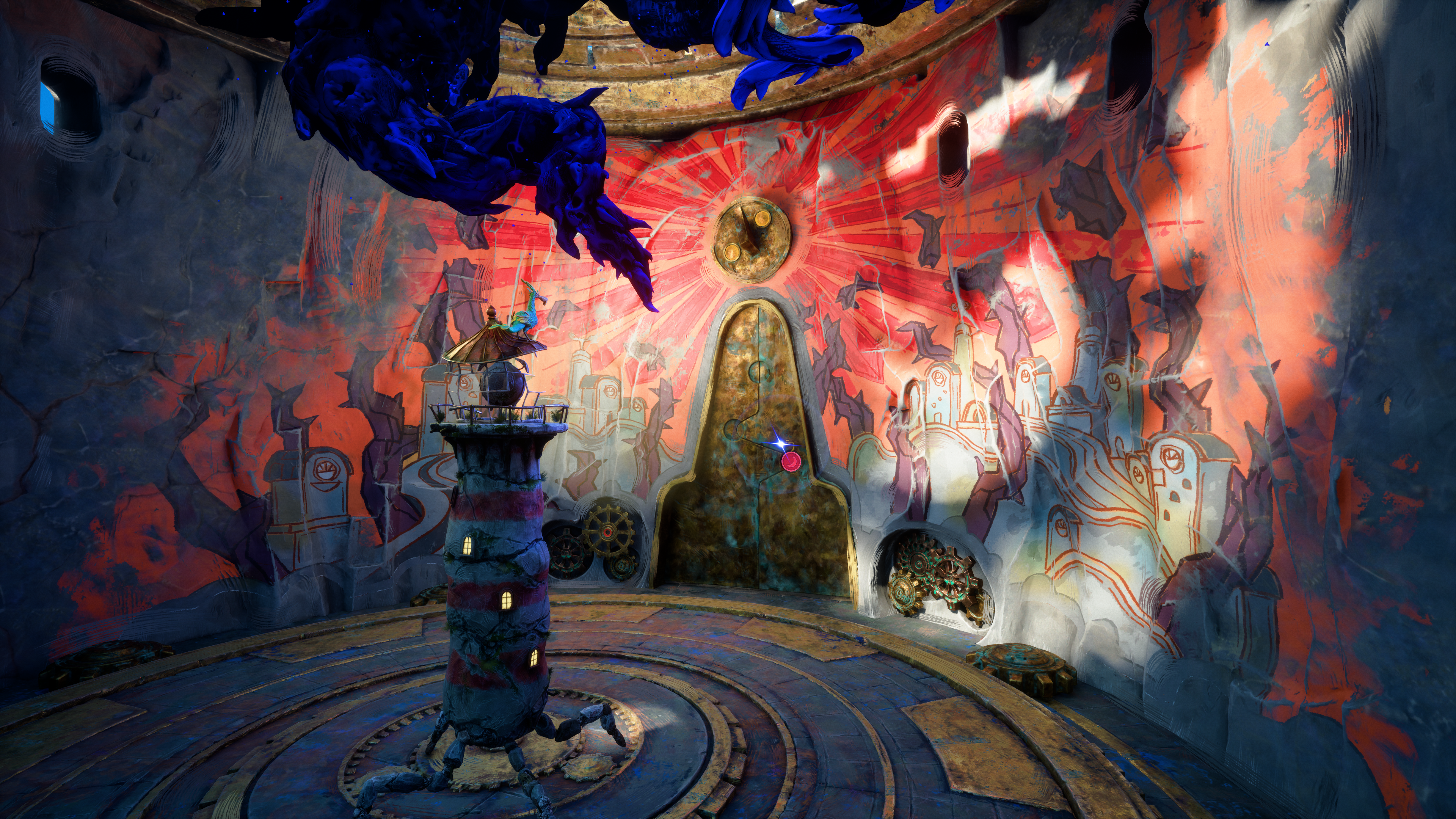
It's apparent from the very beginning that humans are long gone and the world is now inhabited by strange hybrid creatures: birds with driftwood beaks and crabs with shells made out of rusty metal debris. You can see the husks of skyscrapers in the hills on your way to meet one of the many little creatures that need your help, and the effect is charming despite the circumstances. Double Fine had me cheering on a bunch of little guys trying to make it in this world simply from the way they would waddle behind me or wave as I walked by.
In a city of clockwork creatures with dials for faces I was tasked with manipulating time using the lighthouse's ability to make objects grow or change by focusing its searchlight on them. Shining the light on the glowing sun or moon jerks time forward and backward, causing your bird friend to revert into an egg or turn into a spirit. Its egg form is useful for weighing down pressure plates, and its spirit form can fly through walls.
The environment also changes as you flip time back and forth. Thick black tendrils block your path until you rewind to a time they didn't. A pile of broken gears lay on the floor, but in the past they're locked together and ready to crank open a passageway.
They're simple puzzle mechanics, but the expressive animations help develop the relationship between the two characters over time. In later areas, you can send the bird to collect levers you need or shine your light to protect it as it flips a switch.
And it's also just fun to see what plants grow or creatures scuttle away when you focus your light onto them. Keeper is captivating because your curiosity is constantly rewarded as you open up shortcuts or find hidden rooms, and the puzzles just amplify the joy of uncovering the mystery.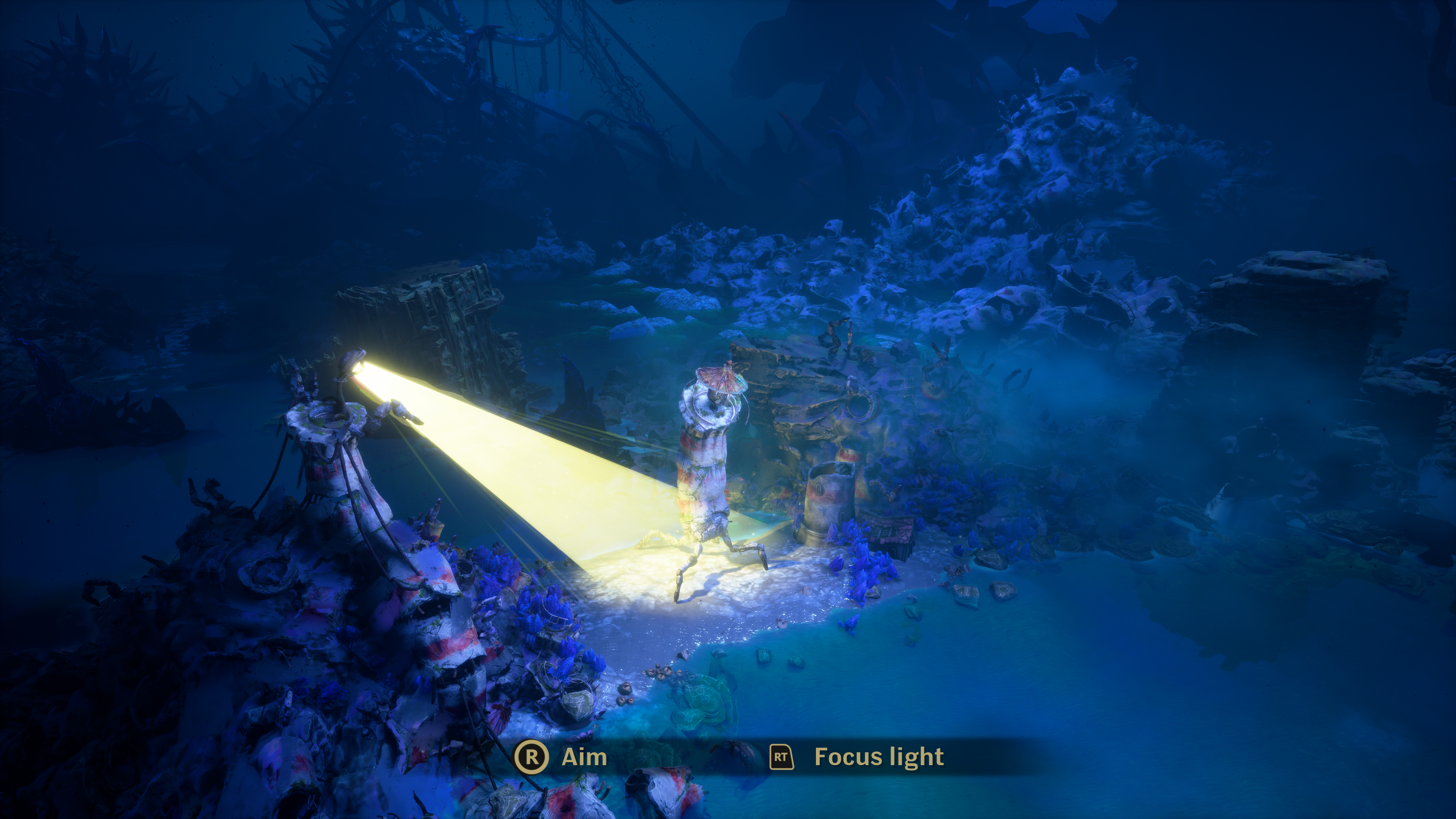
Once I started to pick up on the theme for each level, I realized how masterfully each scene had drawn my eye toward important points of interest.
While I never found a puzzle in Keeper that couldn't be solved by poking around until all the pieces fit together, I savored each one for the small hints at what the planet was like before its fall. A puzzle as simple as pushing an orb to the right location revealed the fine craftsmanship of a lost civilization as I followed a metal tube I had mistaken for set dressing all the way back to the start of an area.
Once I started to pick up on the theme for each level, I realized how masterfully each scene had drawn my eye toward important points of interest. By the end, I could tell you my own idea for what happened based purely on my interpretation of what I found in my playthrough, which is impressive for a game without spoken dialogue or discarded notes to read.
Glowing bright
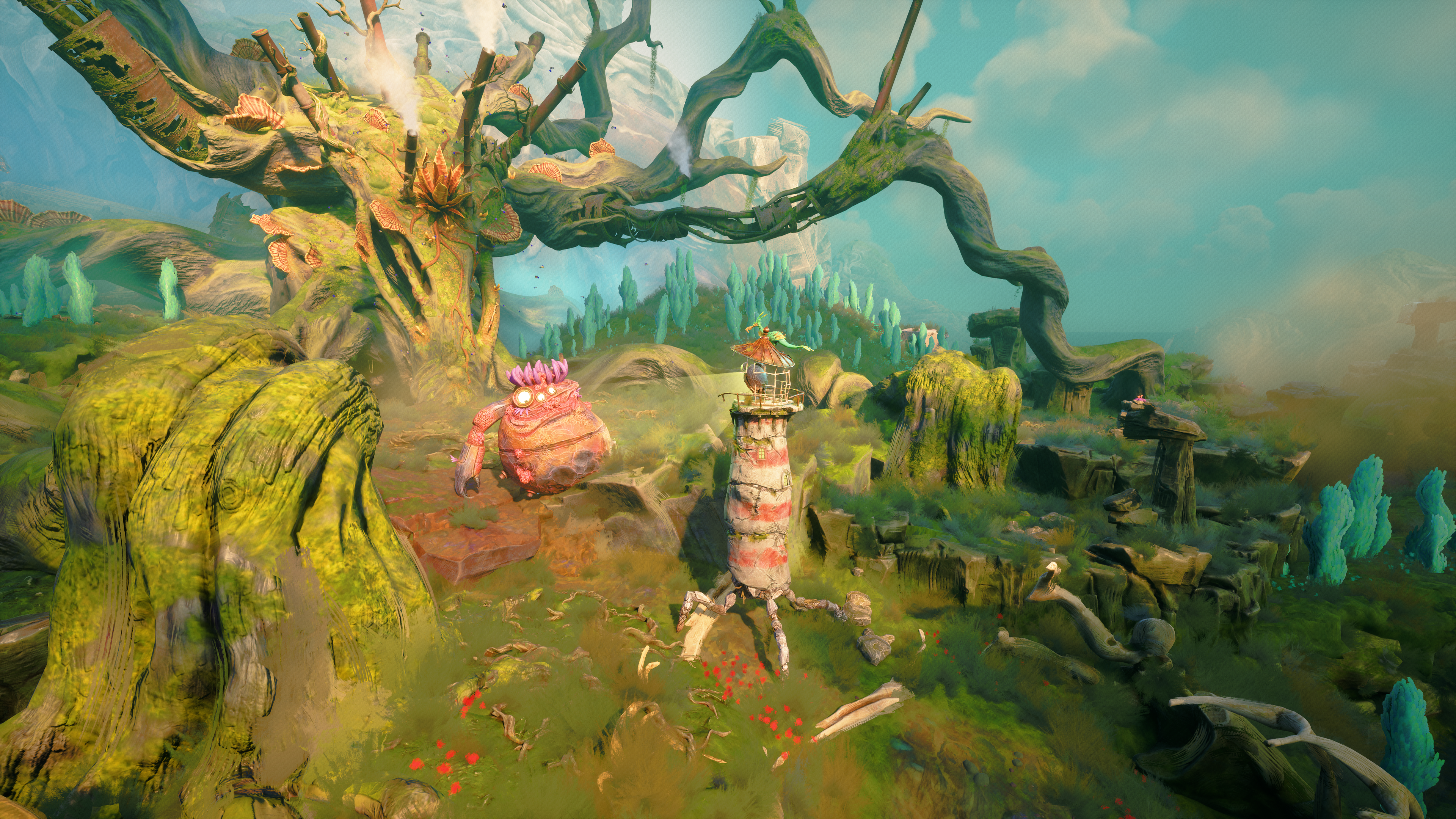
I would've been satisfied if Keeper stayed humble and played like an interactive art gallery all the way until the end, but instead it hits a full-on sprint about halfway through. By the end I was racing through caves on looped tracks like I was Sonic, having ditched the four-legged lighthouse for a new form that controls almost like a skateboard as you build momentum on halfpipes and launch into the air.
Keeper pulls off what could've easily felt like half-baked novelties shoved into a slow-paced adventure game. Instead, these inventive obstacle courses are a thrilling break from what came before as you race down ramps and crash through barricades, searching for the route that'll unlock the door to the next room. Like an RPG where you've leveled up enough to take on anything, the final sections in Keeper give you the rush of feeling unstoppable as you race toward the conclusion. And in these sections Double Fine pushes the strange beauty of Keeper's broken world even further into surreality as you dive through wormholes where colors melt into each other.
Keeper is stuffed full of surprises despite its relatively short length. It's deceptively simple on paper, but actually playing it had me constantly in awe at how tightly curated every moment is, be it a wide shot as you pass through a murky underground region with the wriggling tentacles of a gigantic beast far in the background or a bouncy arena filled with pink puffs that look like cotton candy.
Keeper is a brilliant example of how a smaller, focused vision can still dazzle, no ray tracing or roguelike elements or battle pass required. I don't know how a game like Keeper exists in a time when Double Fine owner Microsoft has been quick to scrap games and close studios that don't fit into whatever profit-maximization strategy it's on now, but I'm so, so happy that it does. Double Fine games are always gems, but Keeper is one of the brightest yet.
What's Your Reaction?
 Like
0
Like
0
 Dislike
0
Dislike
0
 Love
0
Love
0
 Funny
0
Funny
0
 Angry
0
Angry
0
 Sad
0
Sad
0
 Wow
0
Wow
0

